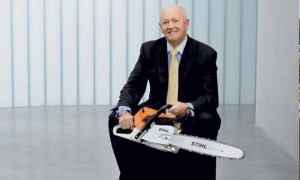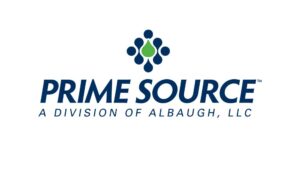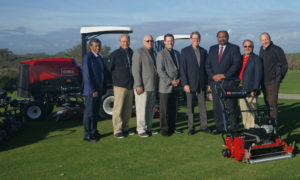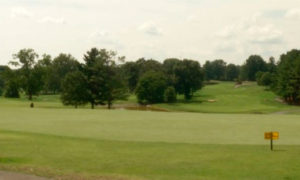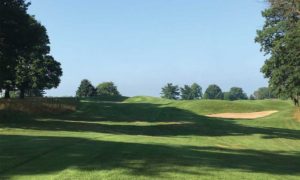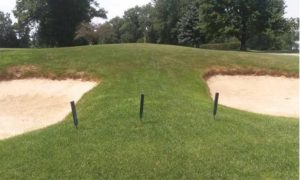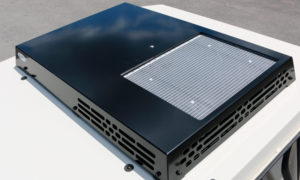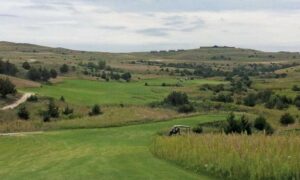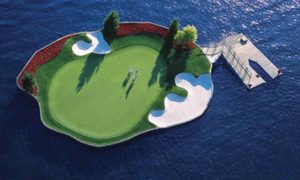Superintendents wear many hats. Many people think of us only as turf managers, but we fill a variety of important roles for our employers, like human resource and financial manager. One of the more overlooked roles we play is as asset managers. Our clubs and courses are made up of equipment, buildings, and, the largest asset at most of our properties, the golf course itself. Superintendents are the experts most frequently charged with making recommendations and developing long range plans for asset acquisition and replacement. The economic climate of the past several years has forced golf facilities across the country, both public and private, to make tough decisions about asset replacement and, in many cases, courses have deferred capital purchases of equipment.
My course is typical of many courses. Annual capital budgets have been slashed and we have deferred equipment replacement. The consequences of that reality are my staff and I have been forced to take a closer look at the equipment in our existing fleet and evaluate each piece based on age, maintenance expenditure, and replacement cost.
To meet challenges of managing an aging fleet while operating within budget and cash flow limits, a superintendent needs to be imaginative and innovative. A lot of people are trying to “do more with less.” This has really been the case for me in the past few years. My operating budget has not grown and staffing headcounts are down. To meet quality expectations requires that my maintenance operations are firing on all cylinders at all times. This is particularly true for my equipment. Knowing I was going to have less capital dollars to spend on equipment, I had to plan for the inevitable consequences.
I figured I would need to spend more money on equipment maintenance until I was able to implement a more sustainable equipment replacement plan. I did my best to communicate to ownership what we were facing. We re-worked our equipment replacement strategy and increased the equipment maintenance line on our budget by 10 percent. In 2011, our equipment maintenance expenses are right on track, but this is not what I would consider a sustainable business model. It is really a short-term solution to a long-term concern: revenue. Times are tough. Thus, we do what is necessary to ensure we are meeting expectations of quality on the course by being creative with budgets and long-term equipment replacement planning.
I am spending more on equipment maintenance, but my mechanics are also being as innovative and creative as ever. Many of the pieces of equipment are past their replacement dates by two to three years, yet they are still important parts of our operational fleet and can remain in service if appropriate measures to maintain them are taken. That means mechanics are checking and recording equipment hour meter readings monthly and scheduling proper preventative maintenance.
Having an older fleet, we expected to see more parts like bearings, rollers, reels, and motors failing. A set of bearings may not be terribly expensive, but the time required to perform the work can be significant. Changing a set of reels or a motor may be pricey, but it can add life to an older piece of equipment, making it the best option and most cost-effective thing to do to make sure the course maintenance operation does not miss a beat. Of course, if given the choice between new equipment and making expensive repairs to older equipment, I would choose new equipment, but that is simply not an option for many of us.
At the beginning of 2011, I purchased my first “new” piece of equipment in over two years. However, it was not exactly “new,” but rather a used demo unit. It was a deep tine aerifier, something I had been trying to get into our fleet for over five years. At full price, I probably do not get it, but I was able to sell the demo unit to ownership based on the value proposition. I am now considering additional pre-owned, demo, and off-lease options for equipment.
The business of managing golf courses and facilities is constantly evolving, and to achieve any level of success, managers and the strategies they employ have to adjust to keep pace with the changes the industry and our economy present. Failure to plan for the future and the pitfalls it may offer is surely a plan that will fail. By being proactive and having a plan to manage capital and existing assets, a golf superintendent will be better prepared to weather a down economy. Doing so will provide a level of assurance the business will be stronger after the storm. The superintendent plays the key role in this process. I encourage all superintendents to develop realistic five- and 10-year equipment- and asset-replacement plans and update them annually.
Glenn Matthews
Golf & Landscape Superintendent
The Course at Wente Vineyards

